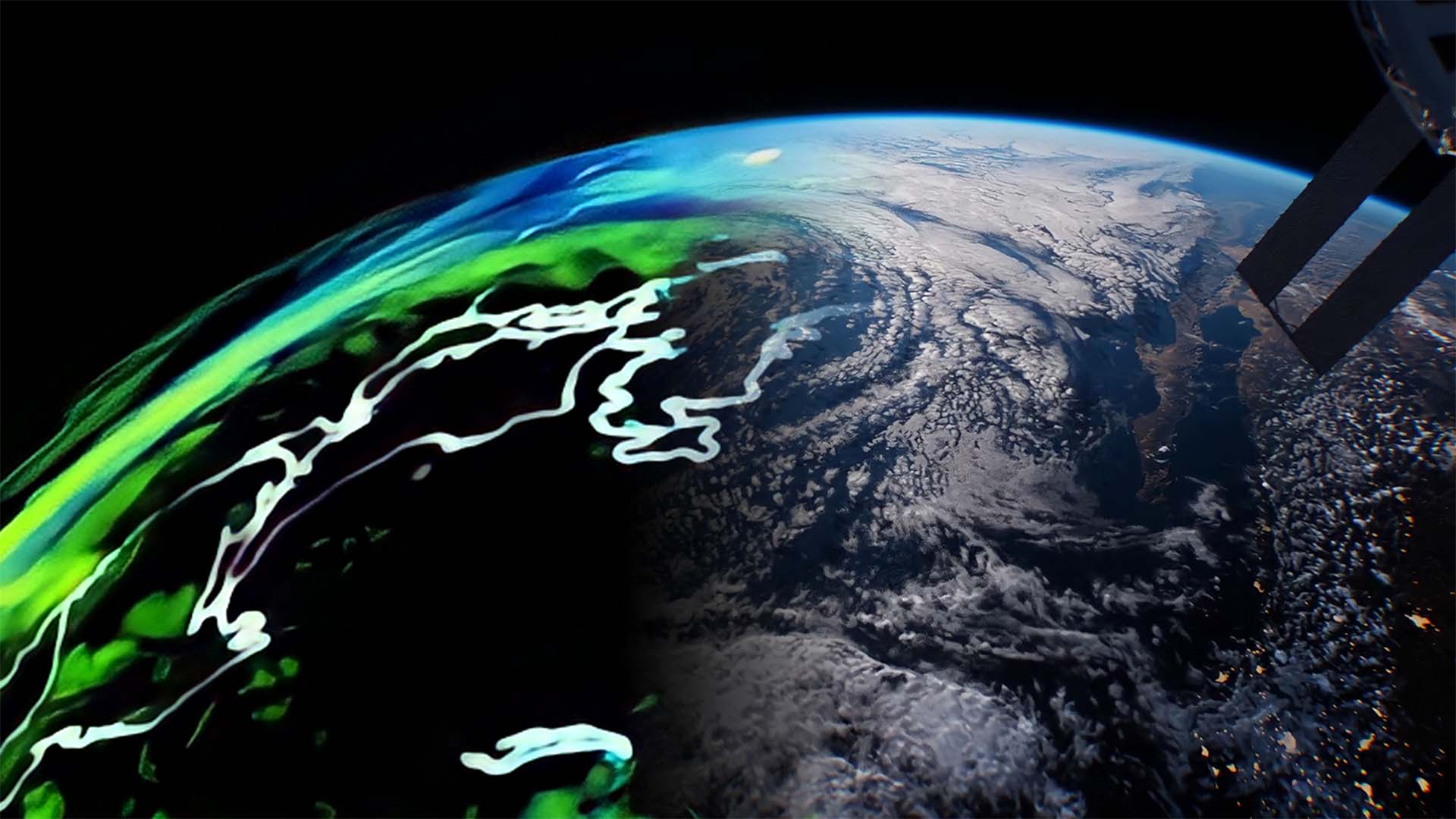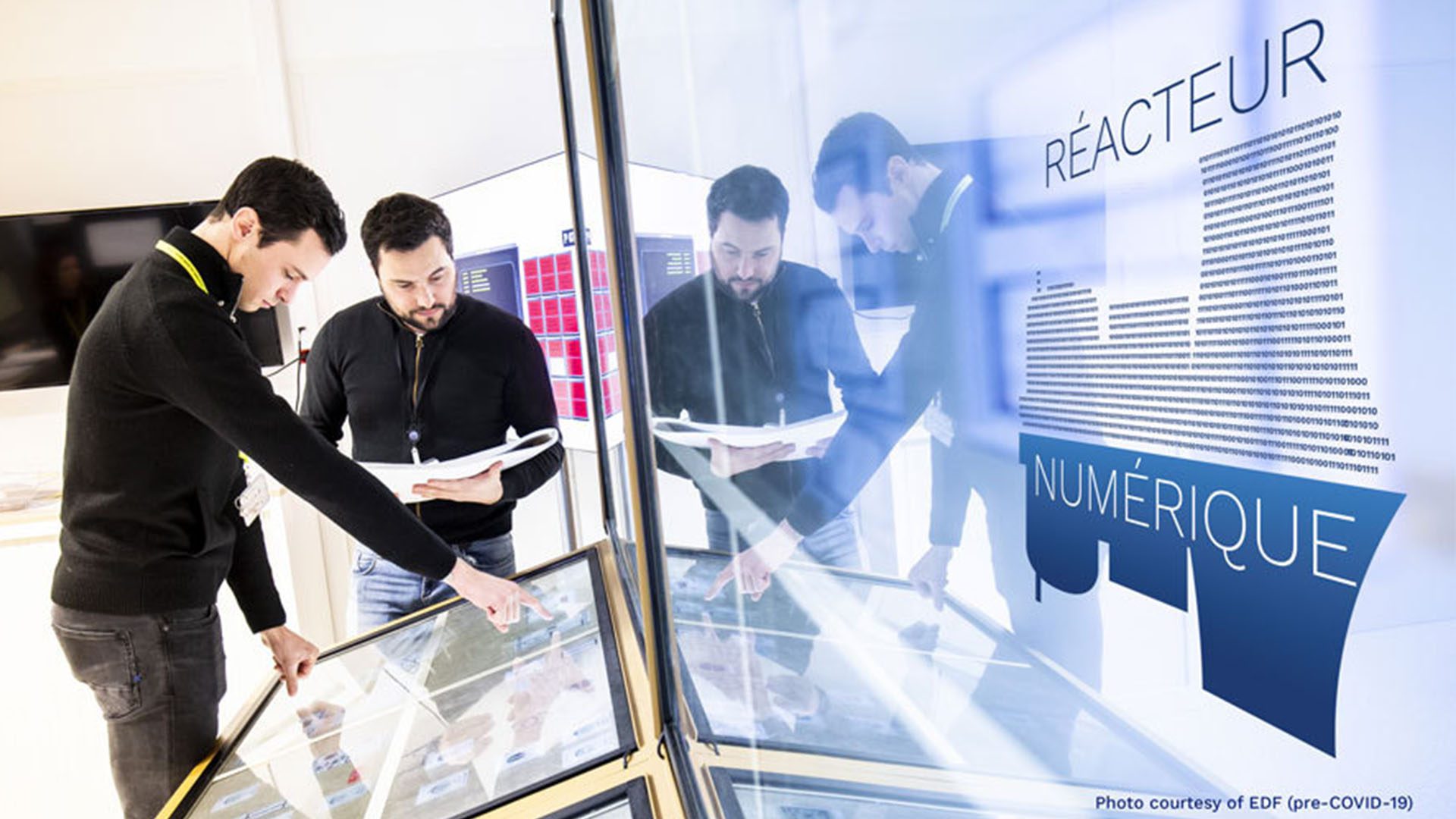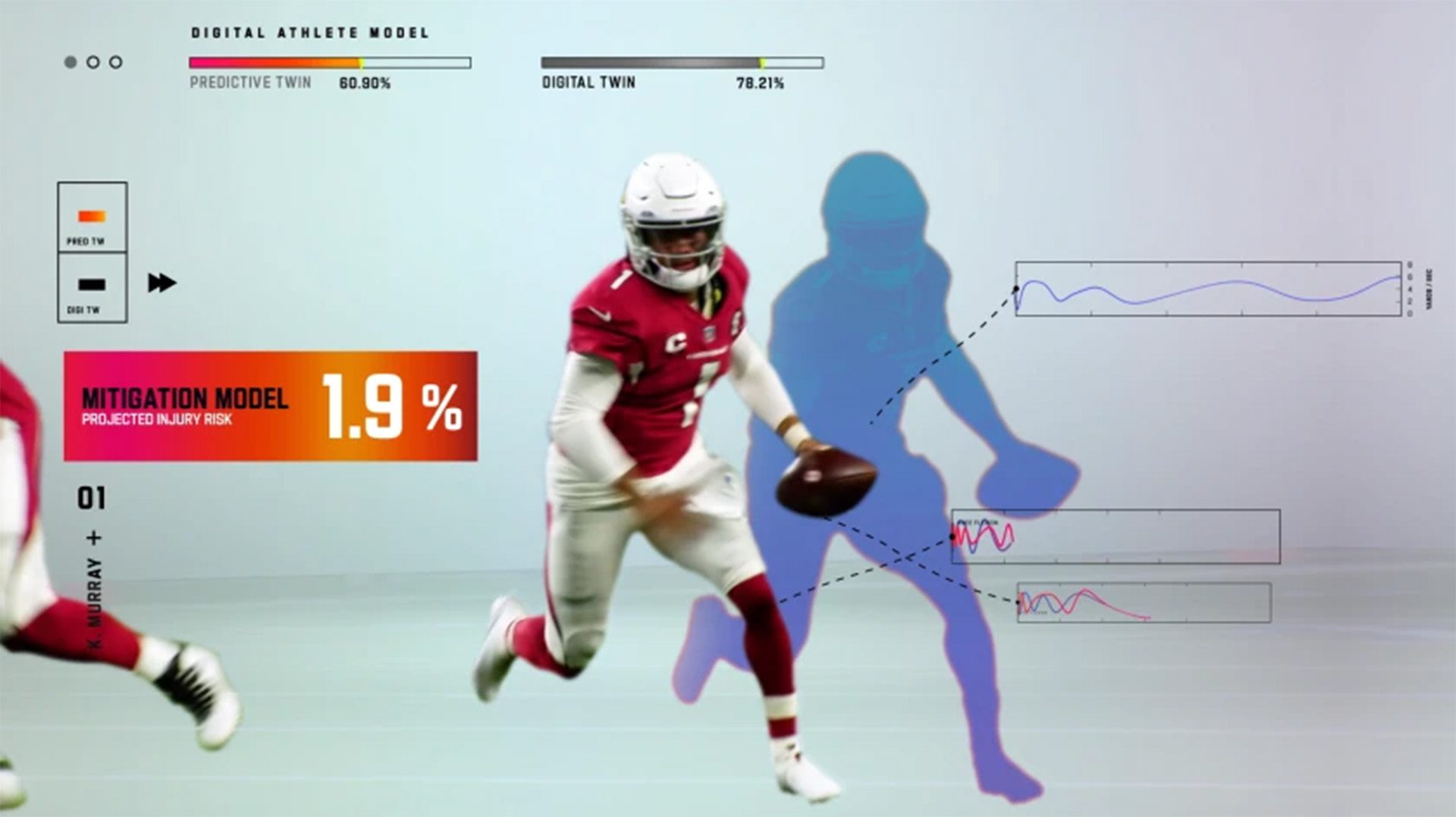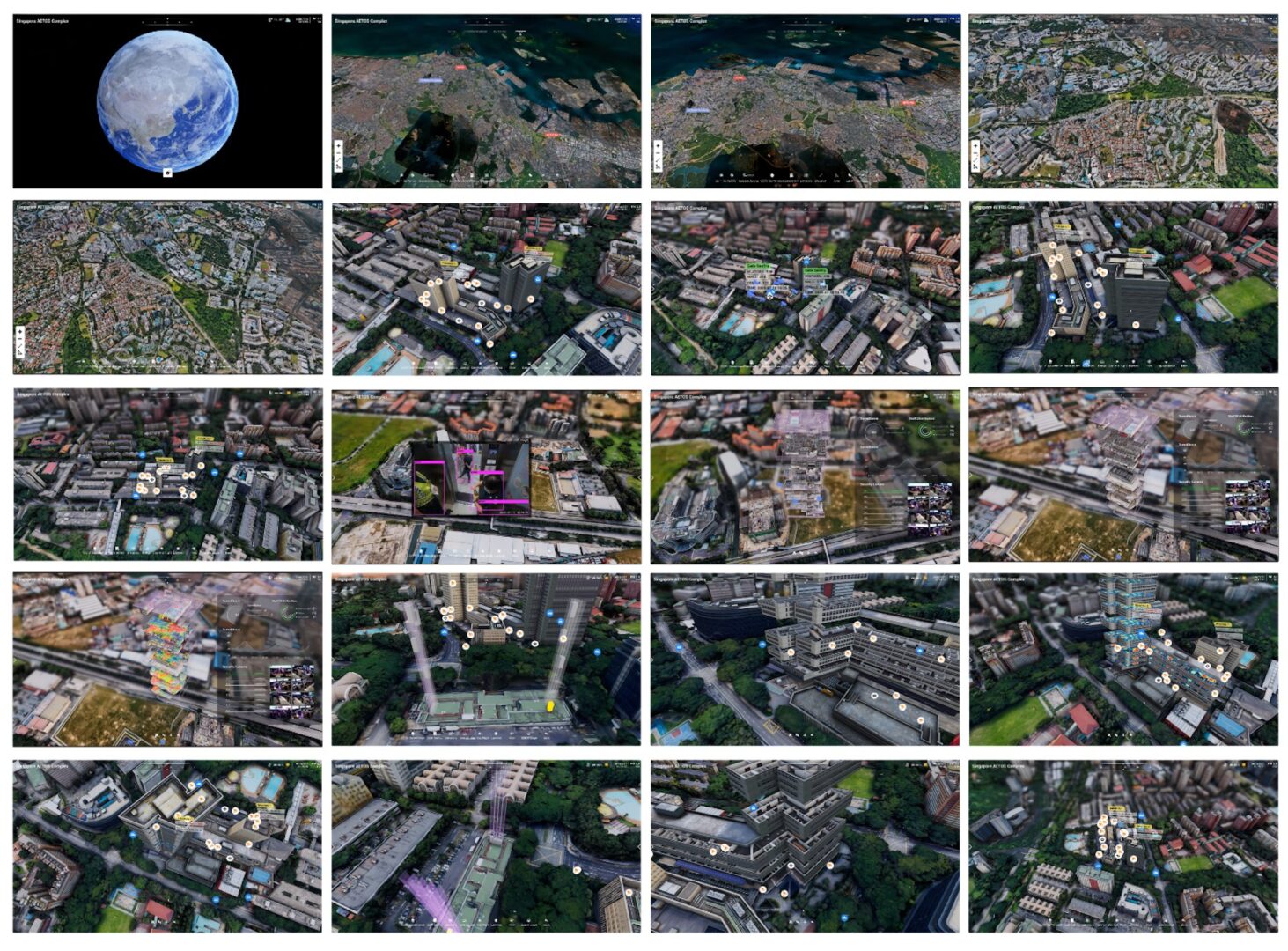Lockheed Martin and NVIDIA are collaborating to create an AI-powered digital twin of Earth’s atmosphere. The project, titled Earth Observations Digital Twin, will monitor current global environmental conditions and predict weather patterns.
Creating Earth’s Digital Twin
The project is being created for the National Oceanic and Atmospheric Administration (NOAA), the agency responsible for organizing data for meteorologists. NOAA receives terabytes of data about the cryosphere, land, atmosphere, space weather, and ocean from numerous space and Earth-based agencies. NOAA researchers and scientists must collect, combine, and analyze that information to observe environmental conditions and changes.
Once the Earth Observations Digital Twin is up and running, NOAA will have access to a high-resolution, accurate, and timely depiction of global conditions. Unlike what is used now, the data will be a timely, global visualization of the current atmosphere, not a forecast model. As Lockheed Martin research scientist Lynn Montgomery explained, “It’s going to be kind of a Google Earth-looking product, but it’s going to have all of these observations coming in at almost a real-time basis.”

In order to collect and integrate data from multiple sources, advanced artificial intelligence algorithms and machine learning must be used. NVIDIA’s database engine Omniverse Nucleus will convert the data into Universal Scene Description framework to enable data-sharing. Lockheed Martin’s visualization platform Agatha will allow users to interact with the data in an Earth-centric 3D environment. Together, NVIDIA and Lockheed Martin will give NOAA researchers the ability to improve weather predictions on a global scale.
The two companies will be able to demonstrate one of the variable data pipelines of Earth’s digital twin–sea surface temperature—by September 2023.
Digital Twin Applications
Lockheed Martin and NVIDIA have already worked together on a digital twin that helps the U.S. Department of Agriculture Forest Service and Colorado Division of Fire Prevention & Control fight forest fires. By using a real-time scalable simulation platform, the digital twin allows fire behavior analysts to see the predictions of fire movements. It also allows emergency responders, operators, and engineers to evaluate the impact of their suppression activities.
Digital twins are used for many other applications in a variety of industries. For example, the NFL uses digital twins to create a virtual representation of an NFL player to better predict and prevent player injury. Some NFL stadiums, such as SoFi Stadium, use a virtual model of the building to support daily management and game day operations.
Architects and city planners also use digital twins to improve efficiency and safety. For example, TK Elevator, in collaboration with Microsoft Azure, used a digital twin to create the world’s first ropeless elevator for a high-rise building. The digital twin simulated different situations, like testing emergency brakes, that would have been costly and time-consuming in the physical world. For planners, dynamic virtual models on the city scale can be created to run simulations of different scenarios in areas such as traffic and energy consumption to determine possible outcomes without having to make any actual changes.
For more of the latest news, check out how motion capture suits can assist disease research, America’s increase of chip production, and scientist’s discovery of an emperor penguin colony.







